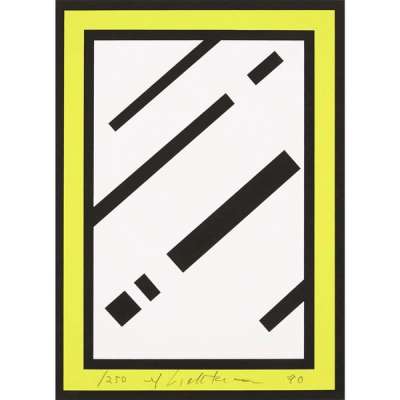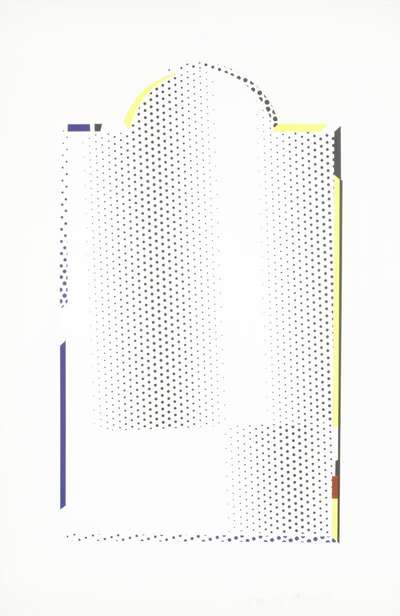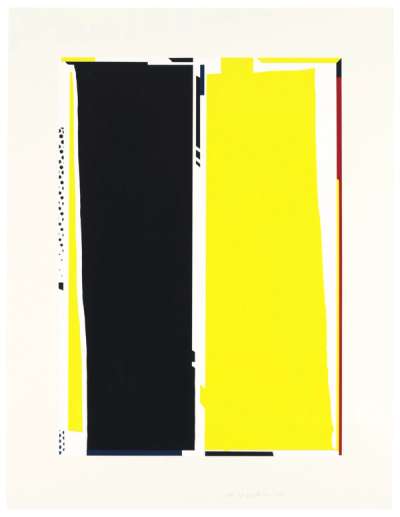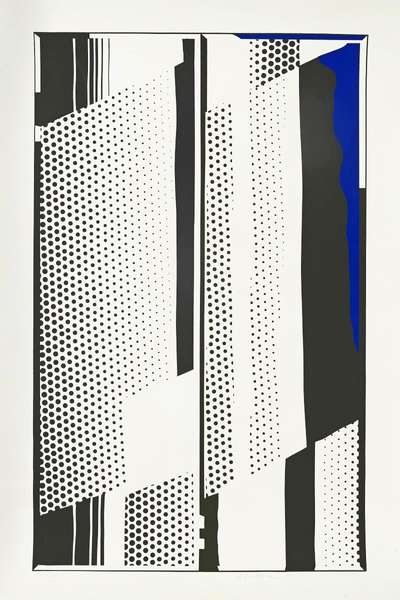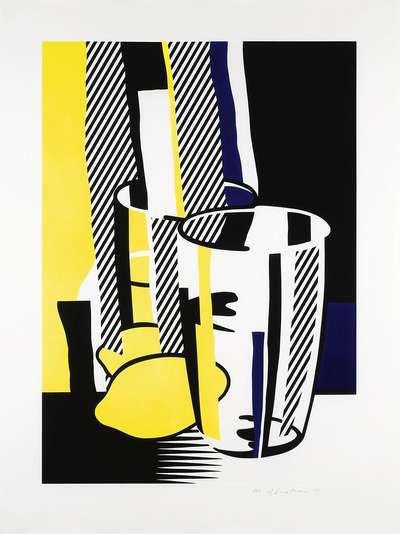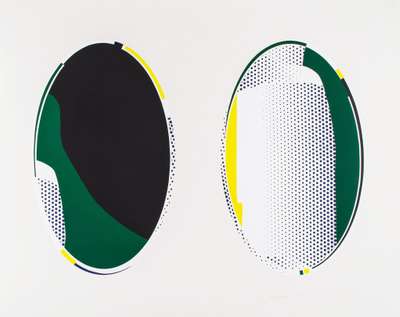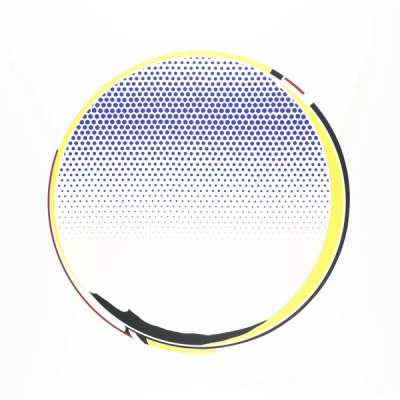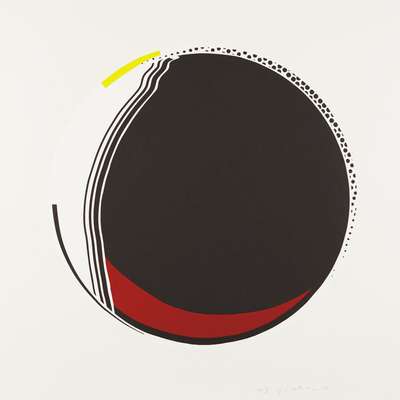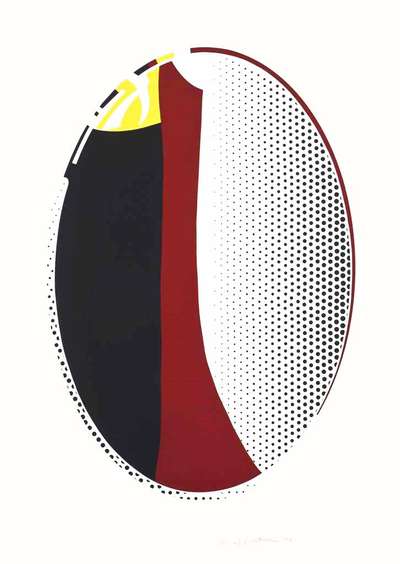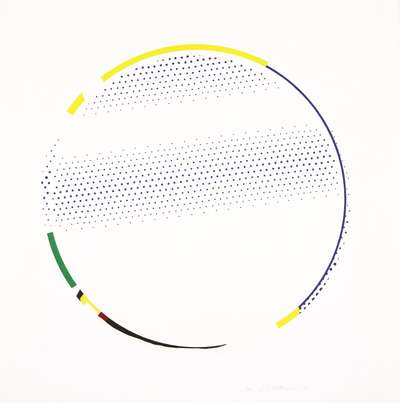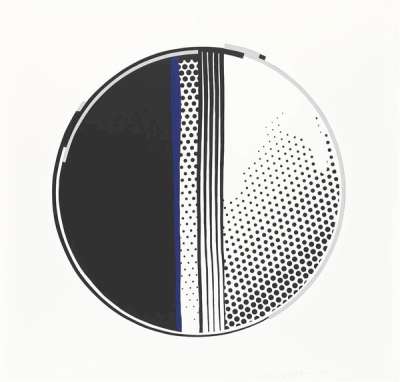
Mirror #3
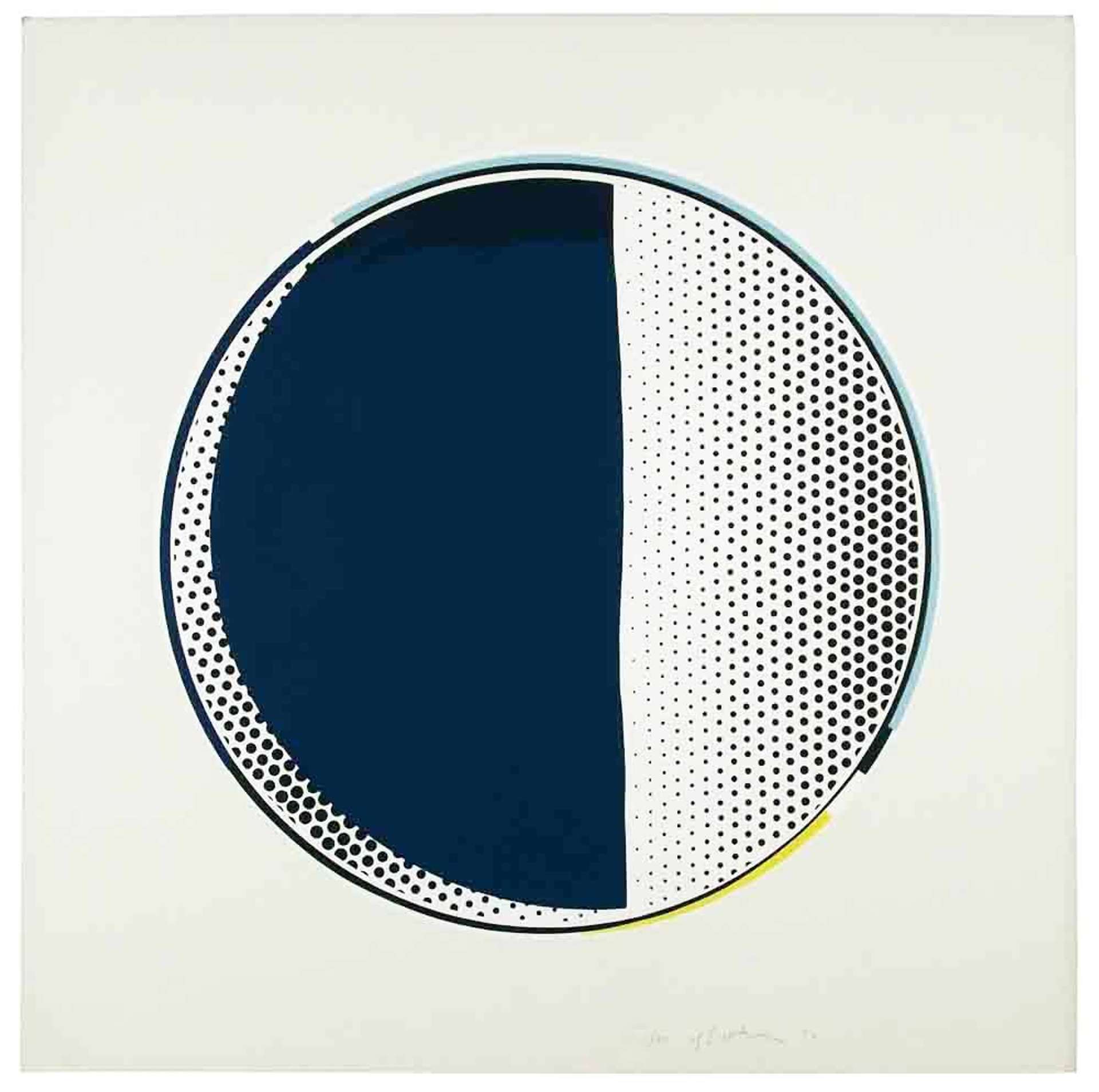
Mirror #3
Signed Print
Roy Lichtenstein
£13,000-£20,000
$25,000-$40,000 Value Indicator
$22,000-$35,000 Value Indicator
¥120,000-¥180,000 Value Indicator
€15,000-€23,000 Value Indicator
$130,000-$200,000 Value Indicator
¥2,470,000-¥3,800,000 Value Indicator
$17,000-$25,000 Value Indicator
AAGR (5 years) This estimate blends recent public auction records with our own private sale data and network demand.
There aren't enough data points on this work for a comprehensive result. Please speak to a specialist by making an enquiry.
Medium: Screenprint
Edition size: 80
Year: 1972
Size: H 71cm x W 71cm
Signed: Yes
Format: Signed Print
TradingFloor
MyPortfolio
Your collection tracked in real time.
Build your portfolio, manage valuations, view return against your collection and watch works you're looking for.
Track auction value trend
Auction Results
| Auction Date | Auction House | Artwork | Hammer Price | Return to Seller | Buyer Paid |
|---|---|---|---|---|---|
| March 2023 | Sotheby's New York - United States | Mirror #3 - Signed Print | |||
| March 2019 | Sotheby's London - United Kingdom | Mirror #3 - Signed Print | |||
| April 2012 | Christie's New York - United States | Mirror #3 - Signed Print | |||
| May 2008 | Sotheby's New York - United States | Mirror #3 - Signed Print |
Meaning & Analysis
Roy Lichtenstein’s Mirrors revise the historic iconography of mirrors. The series was first launched in the late 1960s and concluded in the early 1990s. In art and mythology, mirrors have been used to reveal the hidden and the unconscious. Lichtenstein’s enigmatic Mirrors honour the traditions of object painting, keeping the formal characteristics of the motif intact. However, the prints dismiss the item’s symbolic and functional purpose entirely.
Mirror #3, executed in 1972, presents an increasingly minimalistic take on Mirror #2 of the same series. The work has a densely dotted backdrop, overlaid with a dark blue semicircle. The added geometric layer is positioned slightly off centre. Yellow and light blue jagged lines demarcate the edges of its frame. Lichtenstein uses these regularised patterns to allude to the reflective attributes of glass. Simultaneously, he also applies the dots and streaks to obscure his subject matter. Presented frontally, Mirror #3 displays the complete absence of reflections. As such, the print is as much a parody, as it is an illustration of a mirror.
Over the course of his career, Lichtenstein embarked on several other series dealing with vision and representation. His Water Liliesand Reflections, for instance, explore various perceptions of light and reflection. Meanwhile, Lichtenstein’s Entablatures delve further into object painting, reproducing enlarged architectural fragments as their main composition.
